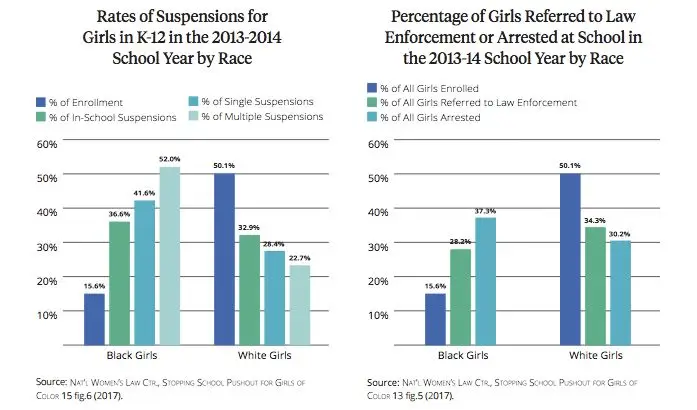Today's post comes from Bianca Anderson, Dallas-Fort Worth Director of Border Crossers, an organization dedicated to training and empowering educators to dismantle patterns of racism and injustice in our schools and communities.
To learn more about Border Crossers, visit their website: www.bordercrossers.org.
---
We were on a seventh grade class field trip. I don’t remember where. I do however, remember being in the elevator. He stood behind me and touched my body, without my consent. That was the day I learned: to have a Black Female body, meant my body was not my own.
Over the last few weeks social media has been abuzz with the hashtag #metoo. This hashtag has primarily been used by women and girls to give voice to sexual violence, abuse and harassment. Like many of the individuals that shared their experiences, I was first introduced to the traumatic realities of sexism while in school. But, as a Black Afro Latina girl I also understood that my gender and my race often worked together as intersecting forms of oppression.
“Different things make different women vulnerable,” Kimberlé Crenshaw.
I often wonder why I remained silent that day on the elevator as I stood next to the field trip chaperone. Was it because at the tender age of 13 I already understood that the world would believe him over me? Did I already know that my Black Female body was whatever those in power deemed it would be?

Without intentional disruption, our schools foster environments that perpetuate sexism and racism. Studies have shown that children of color as young as five years old are aware of and impacted by the negative stereotypes associated with their race. Evidence of these negative stereotypes are illustrated by school practices that demonize natural hairstyles and subjective dress code standards. Black girls, as young as age five, are seen as less innocent than White girls their age.. Black girls are five times more likely to be suspended or expelled than White girls. Yet, 82% of all juvenile sexual violence victims are girls. As advocates for our children we must do a better job protecting them, especially those that are most vulnerable.
We must be courageous enough to confront our own complicity. How does racial and gender bias show up in our schools and classroom? The disproportionately higher rates of childhood poverty, school suspension and incarceration are all troubling indicators that vividly illustrate the devastating impact that both racial and gender stereotypes have on Black girls. We must do more to dismantle these systems that so easily entangle our most vulnerable children. Educators can do this by evaluating hiring and teacher retention practices. Representation matters and school leadership should be reflective of the community the school serves. Schools can assess their discipline policies. Instead of turning to punitive disciplinary practices schools can employ restorative practices that foster belonging. Schools must also provide anti-bias education for teachers so that they can become more aware of the complex and often invisible ways our implicit beliefs reinforce sexism and racism in the classroom. Finally, let us listen to our children. Let us create spaces where they can be safe, brave and free to embrace the fullness of their identity.
Share with
Related Resources